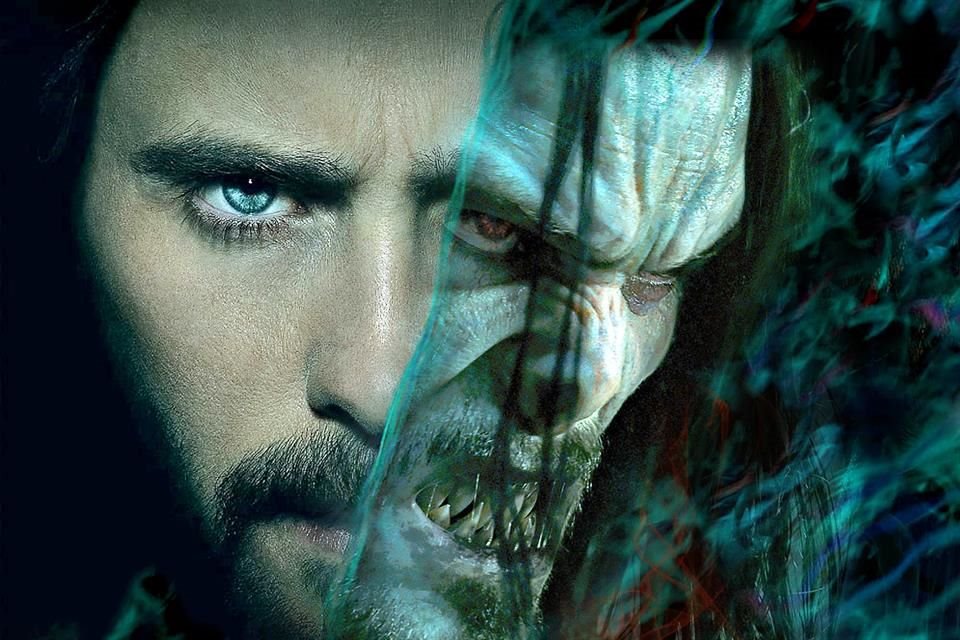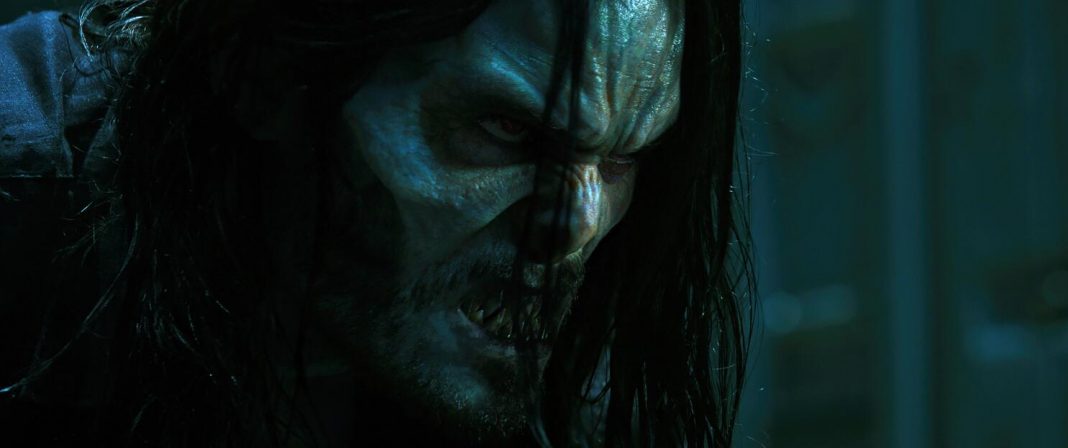Towards the end of Sony Picture’s newest Marvel movie “Kraven the Hunter,” the titular anti-hero — played with maximum abdominal musculature by Aaron Taylor-Johnson — experiences a chilling hallucination in which he’s surrounded by a horde of spiders. It is a clear allusion to the character’s greatest nemesis in the Marvel comics, Spider-Man.
It is also almost certainly the closest the character (or, at least, Taylor-Johnson’s version of him) will ever get to confronting the web-slinger.
“Kraven” is projected to take in one of the lowest-ever opening weekends for a Marvel superhero film, making it the third of Sony Pictures’ unsuccessful attempts to spin-off a secondary Spider-Man character into its own movie franchise, following 2022’s “Morbius” with Jared Leto and last February’s “Madame Web” with Dakota Johnson. The looming box office failure almost certainly signifies the end of this endeavor at the studio, which one knowledgeable insider at Sony imputed to an industry-wide “irrational exuberance about superheroes” that has ultimately led to the overall diminishment of the genre’s primacy as the leading force at the box office.
What it does not signify, however, is the end of Sony’s Marvel Universe.

For one thing, technically speaking, there never really was a Sony Marvel Universe, or a Sony Spider-Man Universe, or any other official designation akin to the Marvel Cinematic Universe or the newly relaunched DC Universe. Sony has never approached its comic book adaptations with that level of intentional narrative cohesion, as exemplified by the studio’s casual, lowercased and rhetorically ungainly phrasing for its superhero films: Sony’s universe of Marvel characters.
For another, Sony remains deeply invested in making movies about Spider-Man, the beloved Marvel character who launched the current era of superhero cinema with 2002’s “Spider-Man.” The fourth Spider-Man film starring Tom Holland is expected to start filming in 2025, in partnership with Marvel Studios (more on this later); the animated “Spider-Man: Beyond the Spider-Verse” is in production and will conclude the Oscar-winning trilogy focusing on Miles Morales; and Sony is producing a live-action “Spider-Man Noir” series starring Nicolas Cage for Amazon Prime Video.
Sony insiders also fiercely defend the success of the three “Venom” films starring Tom Hardy, which have earned more than $1.8 billion worldwide. The latest film, “Venom: The Last Dance,” has earned the lowest grosses yet for the franchise ($473 million), especially against the $856 million global take for 2018’s “Venom.” But “The Last Dance” cost $120 million — thrifty for a superhero movie — and it improved on the international grosses of 2021’s “Venom: Let There Be Carnage.” So there’s really no financial reason for Sony to stop making “Venom” movies any time soon.
But “Venom” — built around a widely popular character with its own distinct imprint on the culture — also presented Sony with the false impression that audiences would flock to see a movie about any Spider-Man character without Spider-Man in the film.
“All of these characters are famous because they went up against Spider-Man,” says Exhibitor Relations analyst Jeff Bock. “Unfortunately for Sony, they had a taste of success with ‘Venom,’ and that kind of spoiled everything for them, because they thought they could just spin off all of these characters. I don’t think they realized that Venom could carry a franchise, whereas these other characters could not. To not have Spider-Man in these films was the fatal flaw.”
Sony is far from alone in aggressively expanding its superhero portfolio at the end of the 2010s, only to weather a sharp decline both in quality and audience interest in the 2020s. But the studio was caught in a unique catch-22 of its own making: the unprecedented deal between the studio and Disney’s Marvel Studios to share Spider-Man within the MCU, starting with 2016’s “Captain America: Civil War” and 2017’s “Spider-Man: Homecoming.” The partnership — in which Marvel Studios chief Kevin Feige and former Sony Pictures chief Amy Pascal produce the Tom Holland-led Spidey films for Sony Pictures — has been fabulously lucrative for Sony, with worldwide grosses topping $3.9 billion. But it also siloed off Holland’s Peter Parker from any Sony projects that aren’t officially part of the MCU.
“The corporate entanglements when studios try to work together are really hard,” says one top executive with extensive experience in the superhero space. “Sony has no flexibility. They have a cage that they have to work in, and they’re just trying to make one good movie at a time.”
According to one Sony source, the deal with Disney never precluded Sony from using Spider-Man in its movies that didn’t bear his name; the “Spider-Verse” movies’ profusion of Peter Parkers, Gwen Stacys and other various Spider-People certainly bears that out. But there was a feeling within the studio that audiences would not accept Holland’s Spidey suddenly popping up in a live-action film that wasn’t a part of the MCU, especially after “Spider-Man: No Way Home” and the Marvel Studios projects “Loki” and “Doctor Strange in the Multiverse of Madness” established definitive boundaries to the Marvel multiverse.
This seems to have had the greatest impact on “Morbius,” which was originally scheduled to premiere in July 2020, well before “No Way Home” and “Doctor Strange 2,” but due to the pandemic wound up opening after them. The delay forced Sony into reshoots to account for how Michael Keaton’s Adrian Toomes, introduced as part of the MCU in “Homecoming,” could be standing in the same room as Leto’s titular living vampire, a character who isn’t in the MCU — a fun conceit that didn’t seem like a big deal until the multiverse suddenly made it one.
Dancing around Spider-Man without ever getting to use him also contributed to the feeling that these spin-off films were merely exercises in, ahem, craven opportunism. “You can feel the cynicism a mile away,” says a veteran producer. “They’re grinding out product, and it feels like it. There’s no quality control.”
Privately, Sony insiders acknowledge that “Kraven,” “Madame Web” and “Morbius” are creative and critical duds (even if they also insist that “Morbius,” which made $167.4 million globally, did turn a profit). Moving forward, they say, the studio will need to be more discerning about which — if any — of the studio’s stable of Spider-Man characters should be elevated into their own movie franchise.
There is a different possibility, as well. “You could hire a different Spider-Man,” Bock says. “It doesn’t have to be Tom.”
